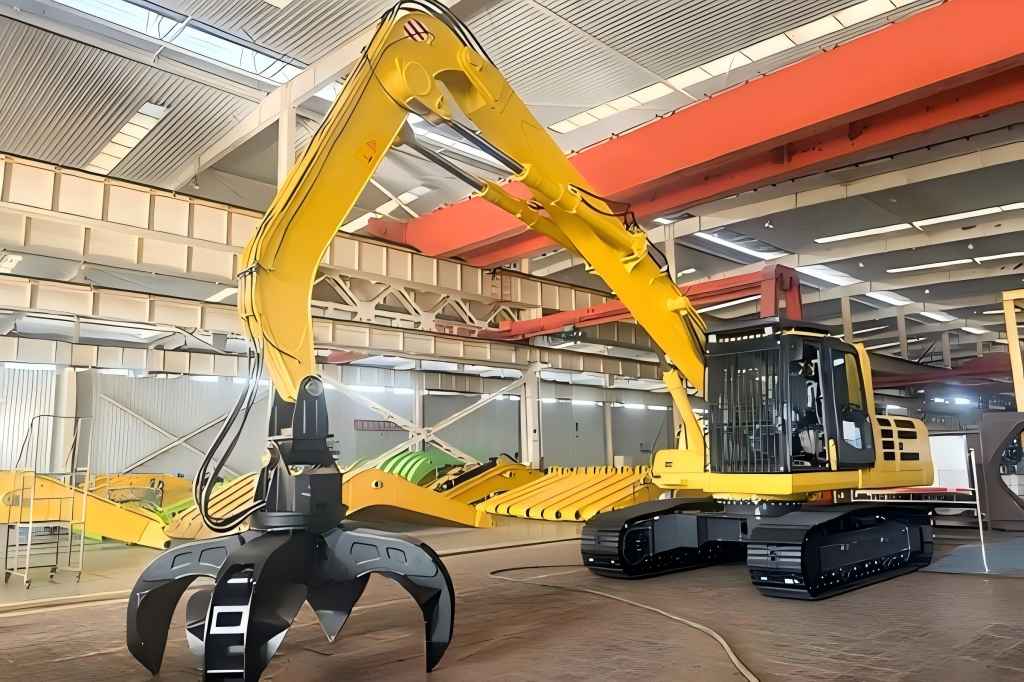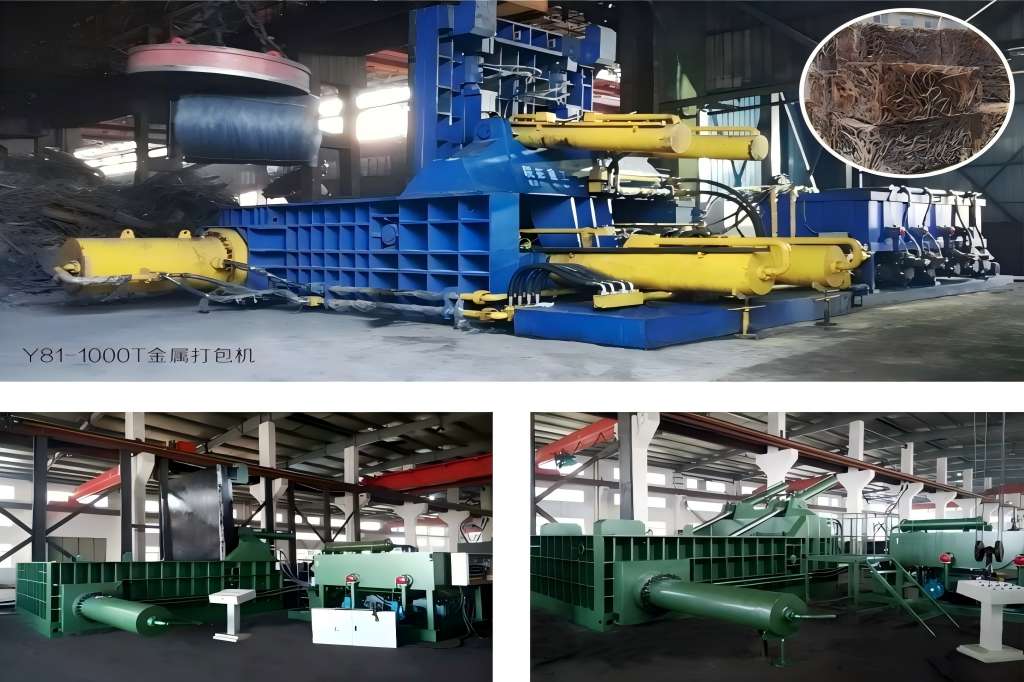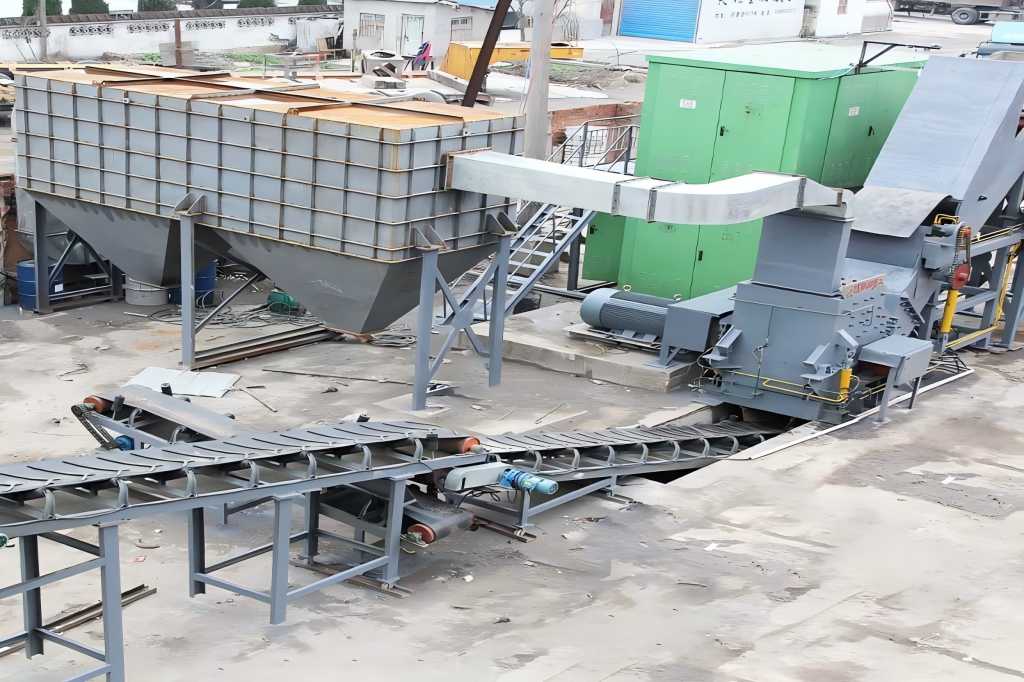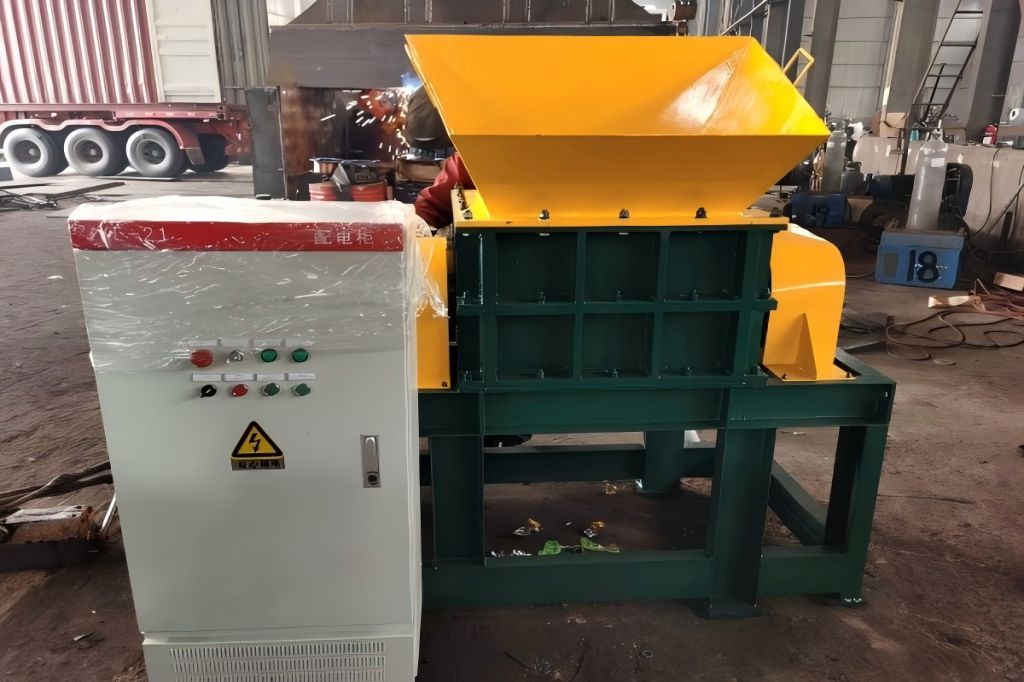In industries that deal with heavy-duty materials such as scrap metal, industrial waste, or demolition debris, scrap grabs have become a critical tool for ensuring efficient material handling. These robust machines have revolutionized material management, particularly in scrap yards, recycling facilities, construction sites, and waste management operations.
In this comprehensive guide, we will delve deep into the functionality, types, benefits, and applications of scrap grabs, providing you with everything you need to know to optimize material handling in your industry.
What Are Scrap Grabs?
A scrap grab is a hydraulic-powered attachment designed to handle bulky, heavy, and often irregular materials. These machines are used to “grab” large quantities of material, lift it, and move it to its destination. Scrap grabs are primarily used in industries where material handling is a core aspect of the operation. They minimize manual effort, boost efficiency, and enhance safety in operations.
The basic design of a scrap grab includes multiple tines (claws) that open and close around a material. Hydraulics provide the power needed to operate the grab, giving it the strength to lift heavy and awkwardly shaped loads. Modern scrap grabs are typically equipped with 360-degree rotation capabilities, allowing for precise control over material placement.
Key Components
Scrap grabs consist of several critical components that enable them to handle various materials with ease. Grasping these components is crucial for understanding their operation and ensuring proper maintenance for peak performance.
Tines/Claws
The tines or claws are the primary features of a scrap grab. They are made from high-strength steel, durable enough to handle tough materials. Scrap grabs typically have between four and six times, depending on the type and size of the grab. The claws are designed to grip various materials, from small pieces of scrap metal to large chunks of construction debris.
Hydraulic Cylinders
The opening and closing of the tines are driven by hydraulic cylinders. These cylinders deliver the required force to lift and transport heavy loads. The hydraulic system also controls the grab’s rotation, allowing for greater flexibility and precision when handling materials.
Mounting Mechanism
Scrap grabs are attached to cranes, excavators, or other types of heavy machinery. The mounting mechanism must be compatible with the equipment, ensuring secure attachment and proper hydraulic connections. Proper mounting allows the grab to function seamlessly with the machine’s control system.
Rotation Mechanism
Many scrap grabs are equipped with a 360-degree rotation mechanism, which allows operators to rotate the grab in any direction. This feature enables precise material placement and handling in confined spaces, making operations more efficient and reducing the risk of accidents or damage to nearby equipment.
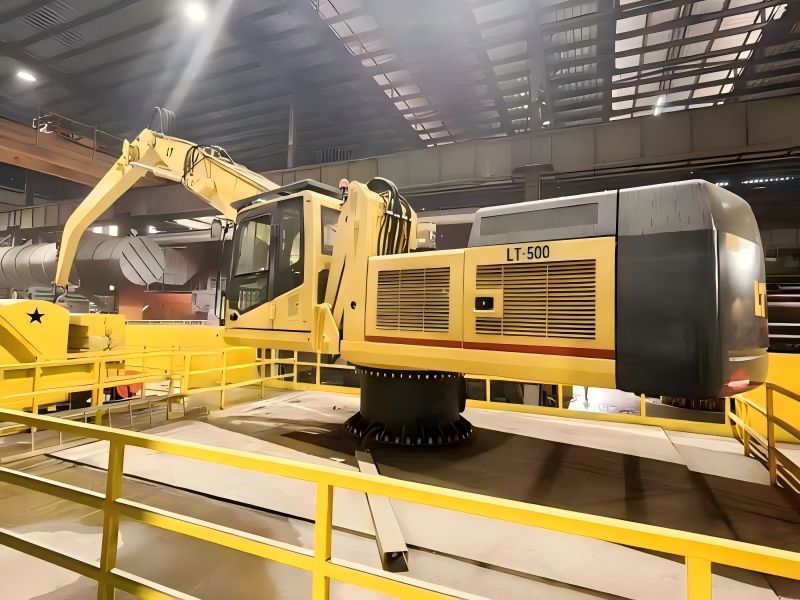
Types of Scrap Grabs
There are several different types of scrap grabs, each designed for specific applications and materials. For you to choose the best grab for your sector, you must be aware of the distinctions between these sorts.
Multi-Tine Scrap Grabs
Multi-tine grabs offer the flexibility to handle loose, irregular materials like scrap metal or construction debris, making them indispensable in recycling and demolition tasks.
Best for: Loose scrap metal, mixed materials, and demolition debris.
Orange Peel Grabs
Orange peel grabs, named for their claw-like design resembling orange peel segments, are perfect for handling large, irregularly shaped materials such as metal beams, pipes, and other construction waste.
Best for: Large, irregular scrap materials, and construction debris.
Clamshell Grabs
Clamshell grabs have two large jaws, or “shells,” that open and close around bulk materials like sand, gravel, or fine scrap. They are often found in ports and construction sites for bulk material transport.
Best for: Bulk materials like sand, gravel, soil, and fine scrap.
Electro-Hydraulic Grabs
Electro-hydraulic grabs combine hydraulic power with electric control systems, offering enhanced precision and efficiency. These grabs are often used in specialized operations where fine control over material handling is necessary, such as in ports or material processing facilities.
Best for: Precision material handling in ports and specialized industrial operations.
Key benefits
The use of scrap grabs brings a wide range of benefits to industries that handle heavy materials. Below are some of the key advantages:
Increased Efficiency
Scrap grabs can lift and transport large volumes of material in a single motion, drastically reducing the time needed to process scrap. This efficiency leads to higher throughput in recycling yards and faster project completion on construction sites.
Reduced Labor Costs
Scrap grabs make less manual labor necessary by automating the material handling process.Tasks that would typically require several workers can be completed in a fraction of the time, resulting in significant labor cost savings.
Improved Workplace Safety
Handling heavy and irregularly shaped materials manually poses a high risk of injury. Scrap grabs eliminate this risk by allowing operators to handle materials from the safety of a crane or excavator cab. Remote control operations and advanced safety features further minimize job site risks.
Versatility
Scrap grabs are adaptable devices with a wide range of uses in many sectors of the economy. Whether you’re handling scrap metal, bulk materials, demolition debris, or waste, there is a scrap grab designed for the job.
Durability and Longevity
Made from high-grade steel and wear-resistant materials, scrap grabs are designed for long-term use in harsh industrial environments.Their longevity guarantees less upkeep, which lowers repair expenses and downtime.
Industry Applications
Scrap grabs have applications in numerous industries where effective material management is crucial.The major sectors and uses for scrap grabs are listed below.
Metal Recycling
In metal recycling yards, scrap grabs collect, sort, and transport scrap metal. These machines handle loose metal pieces, large scrap, and irregularly shaped materials, improving the efficiency of recycling operations.
Demolition
Scrap grabs are widely used in demolition projects to clear debris from job sites. They efficiently handle large volumes of construction waste, such as steel beams, concrete, and pipes, making the site-clearing process faster and safer.
Construction
Scrap grabs are used in building projects to move materials including concrete, steel, and wood. They are perfect for handling bulk goods securely and economically because of their accuracy and adaptability.
Waste Management
In waste management facilities, scrap grabs handle industrial waste and segregate recyclable materials. Their ability to manage large volumes of mixed waste improves the efficiency of waste processing.
Port Logistics
Scrap grabs play a critical role in port operations, loading and unloading bulk materials from ships. Their ability to handle large quantities quickly makes them indispensable for managing material flow in and out of ports.
How to Choose the Right Scrap Grab
Selecting the right scrap grab for your operation is essential for ensuring optimal performance. Consider the following factors:
Material Type
The type of material you handle largely determines the type of scrap grab you need. For loose scrap metal, a multi-tine grab is ideal, while an orange peel or clamshell grab may be more suitable for large construction debris or bulk materials.
Load Capacity
Ensure that the scrap grab has a load capacity that meets your operational needs. Overloading a grab can reduce efficiency, increase wear, and heighten the risk of accidents.
Hydraulic System Compatibility
The hydraulic system of the scrap grab must be compatible with the equipment it will be mounted on, such as an excavator or crane. The hydraulic pressure and flow rate must match the grab’s requirements to ensure optimal performance.
Rotational Capability
For operations requiring precise material placement, opt for a scrap grab with 360-degree rotation. More control and adaptability while managing materials are offered by this function.
Durability and Maintenance
Select a scrap grab composed of robust, wear-resistant components to guarantee extended usage in challenging conditions. Additionally, consider ease of maintenance—models with easily replaceable parts and accessible hydraulic systems will reduce downtime and repair costs.
Maintenance Tips
Maintaining your scrap grab is essential for ensuring long-term efficiency and reducing the risk of breakdowns. To maintain your scrap grab in top shape, follow these maintenance suggestions:
Regular Inspections
Conduct regular inspections of the tines, hydraulic cylinders, and mounting mechanisms for signs of wear or damage. Early detection of minor problems can save expensive future repairs.
Lubrication
Make sure that all moving parts are adequately lubricated to reduce wear and friction. Your scrap grab will last longer and function more smoothly with regular lubrication.
Hydraulic Fluid Levels
To guarantee smooth system operation, check the hydraulic fluid levels on a regular basis. Low or contaminated hydraulic fluid can cause damage to the cylinders and reduce the performance of the grab.
Replace Worn Parts
If you notice any worn or damaged parts, replace them immediately to prevent further damage to the machine. Many modern scrap grabs are designed with easily replaceable parts, making maintenance quick and straightforward.
Clean After Use
After each use, clean the scrap grab to remove any debris, dirt, or metal particles that could affect its performance. Keeping the grab clean will prevent buildup that can lead to malfunction or wear over time.
Conclusion
You may choose the ideal equipment for your company by being aware of the many kinds of scrap grabs, their salient characteristics, and the advantages they offer. Proper maintenance and care will ensure that your scrap grab operates efficiently for years to come, making it a valuable investment in any material-heavy industry.

